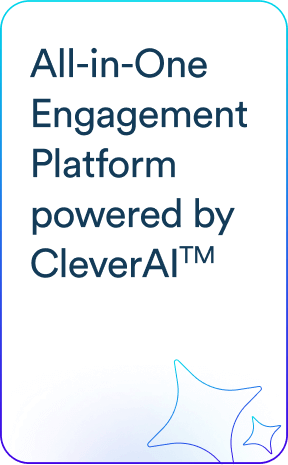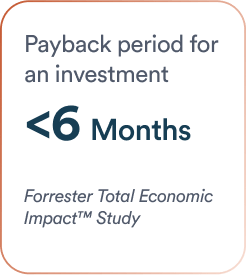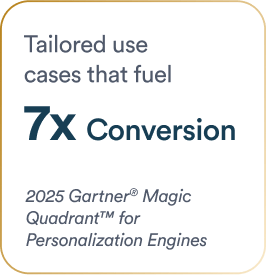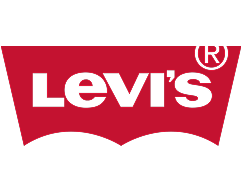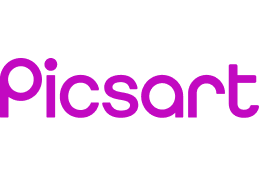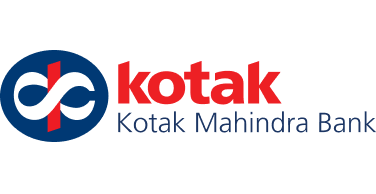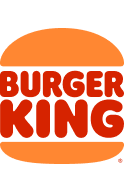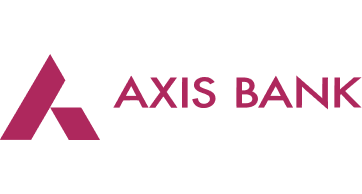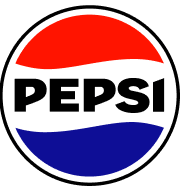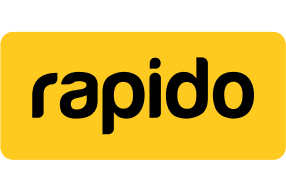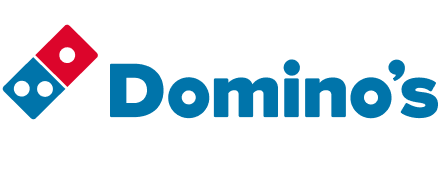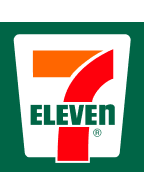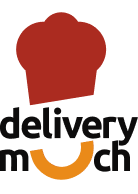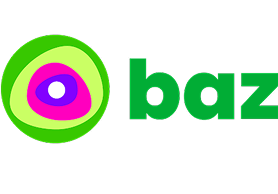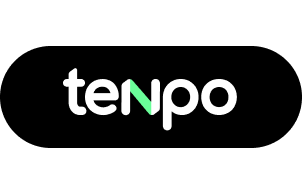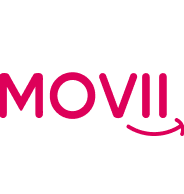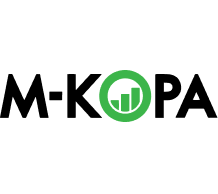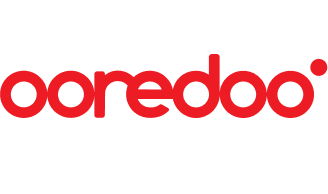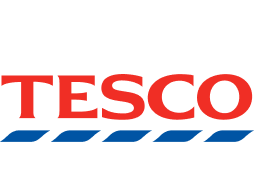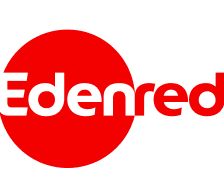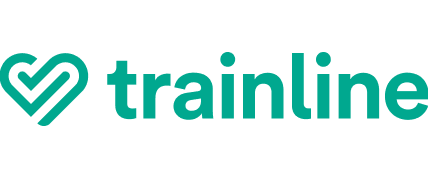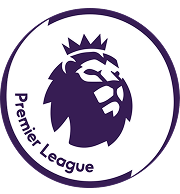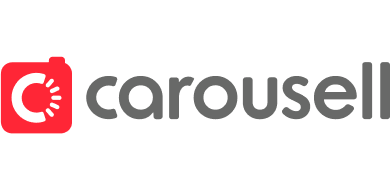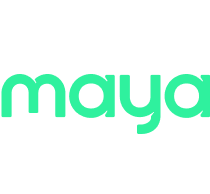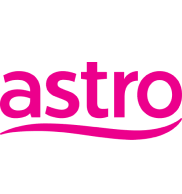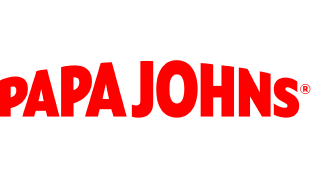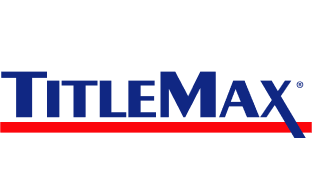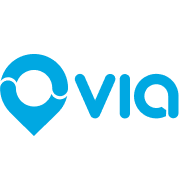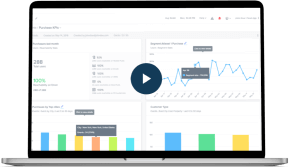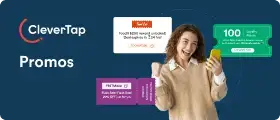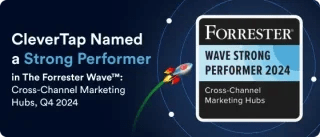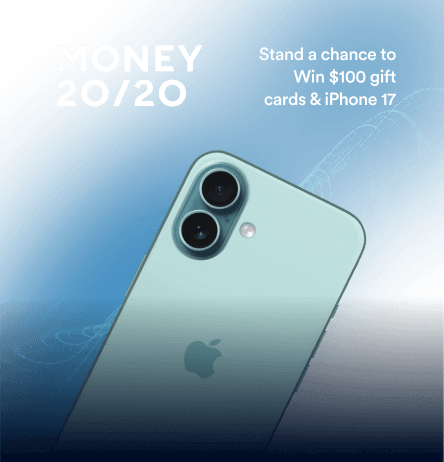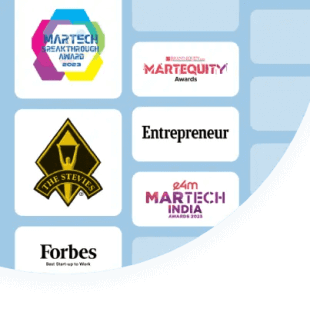Loyalty programs are structured marketing initiatives that reward repeat customers with perks, such as points, discounts, or exclusive experiences. It aims to encourage ongoing engagement.
These have become indispensable for B2C brands. A BCG survey finds that an average US consumer now belongs to over 15 programs. Similarly, a European customer is a part of 9 such programs.
Brands compete for a customer’s attention in their loyalty programs, making customer engagement a primary driver of ROI after getting a customer into such programs. The ROI is decent. According to McKinsey, top-performing loyalty schemes increase revenue from participating customers by 15-25% annually. The increase happens with high purchase frequency or bigger order sizes.
Why Are Customer Loyalty Programs Important?
Retaining customers is far more cost-efficient and profitable than continually acquiring new ones. Increasing retention rate by just 5% has proved to raise profits by 25% to 95%. If you were to acquire a new customer, it would cost you around 5 to 25 times more than retaining an existing customer.
Loyalty programs are crucial for retention strategies. They capture first-party data and purchase signals that allow you to target customers effectively, resulting in better customer engagement.
As a result, brands benefit from increased customer lifetime value and more sustainable, long-term revenue without the high cost of acquiring new customers.
11 Benefits of Customer Loyalty Programs
Loyal customers tend to recommend a brand after a good experience. KPMG finds this true for at least 86% of customers. Most importantly, 46% of customers remain loyal even after a bad experience.
This means higher revenues from repeat purchases and strong word-of-mouth at a low cost.
1. Improves Customer Retention Through Value Reinforcement
Loyalty programs reinforce a customer’s decision to stay while constantly reminding them of the benefits they earn. Customers form a psychological and financial attachment to the brand when they constantly accumulate loyalty perks.
In perspective, loyalty programs create an “exit barrier,” where abandonment leads to loss of unused points or tier benefits. Below is an example of Third Wave Coffee’s loyalty program. As you grow to high-tier partner levels, there’s a minimum benchmark of orders you need to make in order to retain the loyalty benefits. This prevents losing a loyal customer to another brand while delivering them value in the form of perks.
2. Increase Customer Lifetime Value (LTV) via Incremental Revenue
Loyalty programs encourage customers to buy more and more frequently. When customers collect points per purchase, they tend to purchase additional items or upgrade to higher spend levels to reach rewards.
Paid tier programs amplify this effect. Members in paid loyalty schemes are about 60% more likely to increase their spending after joining. In free loyalty programs, this increase is 30%.
Nike reports that its 100 million members spend roughly three times more than non-members. Similarly, Amazon’s Prime program, which is effectively a paid loyalty club, further exemplifies this. The Prime members spend over four times more than non-members during their lifetimes. Paid tier loyalty programs often lead to a higher lift in conversions compared to the free ones.
In each case, the extra revenue comes from higher order frequency and value.
3. Drives Higher Average Order Value (AOV) with Threshold Incentives
Loyalty programs often encourage customers to spend more per transaction through tiered or milestone-based incentives.
For example, a program might offer a bonus after a $100 spend or double points on orders over $50. Customers naturally adjust by adding extra items to reach the threshold and earn the reward.
This tactic measurably raises order values. For example, Sephora’s Beauty Insider uses tier thresholds ($350 to VIP, $1,000 to Rouge) that motivate customers to add more items so they can enjoy higher-tier perks. The program introduced a new top tier called “Very Important Beauty Insider” to reward highly engaged members spending over $350 annually. Four years later, a third and even more exclusive tier named “Rouge” was launched for those spending $1,000 or more each year.
Loyalty mechanics introduce a subtle “gamification” element to spending, encouraging customers to intentionally increase their average order value (AOV) and maximize program benefits.
4. Reduces Churn Through Exit Friction and Re-engagement Hooks
When customers hold points, credits, or tier status, they lose real value if they churn. This incentivizes them to stay active until all benefits are used. In addition, loyalty programs provide brands with built-in re-engagement opportunities, such as automated reminders about expiring points, special renewal offers, or “we miss you” rewards, to prevent customers from lapsing.
Clevertap enables you to automate these notifications while delivering an omnichannel experience to maximize re-engagement opportunities. Such tactics combat churn effectively.
Such a combination of earned benefits, plus timely outreach, keeps users engaged and substantially lowers involuntary churn.
5. Improves First-Party Data Collection and Consent-Based Profiling
Loyalty programs are legal, opt-in engines for capturing rich first-party data. Each signup and purchase provides data points like contact info, preferences, and purchase history that the company owns. This data fuels personalization but also aids marketing efficiency.
It allows brands to segment members by interest or behavior without incurring any additional acquisition costs. Some companies monetize this data, as Deloitte reports that around 2/3rd of brands share loyalty data with advertising platforms to monetize insights.
Most importantly, in-house loyalty analytics lets you target rewards and offers based on actual user activity rather than guesswork.
6. Enables Hyper-Personalization Across Channels
With first-party data in hand, loyalty programs enable true personalization. Brands tailor rewards and content to each member’s history, preferences, and lifecycle stage. In this context, relevance drives revenue. Loyalty platforms enable marketers to create these relevance-driven campaigns.
When you integrate data across channels like app, email, SMS, push, or in-store in a unified app marketing platform, it ensures each message feels tailor-made.
Designer Shoe Warehouse (DSW) does this really well. Higher spending gets you access to exclusive products and services, encouraging others to level up. They also use personalized emails to show members their savings, current tier, and how close they are to the next reward, making the experience feel more tailored and motivating.
These hyper-personalized touches increase engagement, encouraging high buying frequency. It creates a virtuous cycle where customers feel truly known and valued.
7. Increases Customer Engagement Across the Lifecycle
Loyalty programs inject consistent engagement touchpoints at every stage of the customer journey. These activities keep customers coming back even when they might otherwise lapse. Loyalty members also receive targeted content, such as educational tips, community invites, or sneak previews, that casual shoppers may not see.
This multifaceted engagement extends the customer lifecycle, which is clearly evident in the metrics. Brands with strong loyalty programs see much higher active usage of their apps and channels.
Each earned point, tier unlock, or exclusive offer is an invitation to engage, keeping the brand top-of-mind throughout the lifecycle.
8. Encourages Brand Advocacy and Referral Behavior
When customers feel rewarded and valued, they’re far more likely to evangelize the brand. Loyal members often become brand advocates, and loyalty programs amplify this advocacy.
Members proudly share referral codes, post about their rewards, or simply tell peers about the perks. Some brands even bake referral bonuses into their programs, for e.g., extra points for inviting a friend.
It results in a self-perpetuating growth loop where loyal members recruit new customers at minimal cost.
9. Improves Marketing Efficiency and Reduces Customer Acquisition Cost
Instead of relying on broad campaigns, brands use loyalty data to send the right message to the right people via the most effective channel. This personalization means conversion rates increase and the cost-per-order decreases.
Many companies find that the ROI on loyalty-focused marketing far exceeds general ads. In effect, loyalty programs reduce customer acquisition cost (CAC) indirectly by increasing repeat purchases. You gain more word-of-mouth, which in turn becomes a valuable growth channel. CleverTap is proven to deliver 561% ROI and a 30% improvement in retention.
10. Drives Emotional Loyalty and Brand Affinity
Modern customers often remain loyal to brands that align with their values and make them feel valued. KPMG emphasizes this: “If you’re trying to build brand loyalty today, an emotional connection is no longer a nice-to-have, it’s a need-to-have,” says René Vader, Global Sector Leader, Consumer & Retail at KPMG International.
In the same vein, Deloitte advises using personalization to develop deeper connections, which not only offer to the masses but deliver truly tailored experiences. The result is brand affinity, where customers feel intrinsic loyalty and are less price-sensitive or likely to churn.
In B2C apps, this emotional loyalty translates into long-term advocacy and resilience, even in downturns.
11. Creates a Competitive Moat in Saturated Markets
In a crowded marketplace, a compelling loyalty program becomes a key differentiator and even a competitive moat. Simply offering points or cashback is no longer sufficient. BCG’s survey found that customers now expect loyalty programs to deliver “a differentiated experience” beyond basic rewards. A distinctive loyalty proposition makes it harder for customers to switch to rivals.
For example, airlines have long turned their frequent-flyer programs into a billion-dollar ecosystem by locking rewards within their networks.
Real-World Brands That Benefit from Loyalty Programs
Below are a few real examples of loyalty programs that you’ll commonly see on the market.
Starbucks Rewards In Coffee/Retail
Starbucks’ highly evolved loyalty program is a textbook example. It uses a tiered “Stars” system via its app, where members earn 2 stars per $1 on a Gold Card or 1 star on other payments and redeem 150 Stars for free drinks. The program now has over 25 million active U.S. members. Remarkably, about 50% of all U.S. Starbucks transactions come from rewards members.
This massive engagement reflects how the program encourages habitual visits and makes customers think twice before going elsewhere.
Amazon Prime In E-commerce
Amazon’s paid loyalty program, Prime, is perhaps the most famous. For a flat annual fee, members get free one-day and two-day shipping, exclusive sales on Prime Day, streaming content, and more.
The strategy has locked in U.S. shoppers. The 2023 Prime Day generated approximately $13 billion in sales, incentivizing purchases with deep discounts exclusive to members.
Because members perceive enormous value in the form of free shipping alone and often offset the membership cost, Amazon has become the default retailer for many.
The Body Shop In Cosmetics/Retail
The Body Shop’s loyalty program, Love Your Body Club, rewards customers for spending with them. You get points every time you shop at The Body Shop, in stores or online. For every £1 you spend, you earn 5 points. When you reach 500 points, you’ll get a £5 voucher to use on anything you want. Easy and rewarding.
Once you collect 500 points, you’ll get a Love Your Body Club voucher. You can earn points by shopping online or at any The Body Shop store. When it’s time to redeem, you can use one voucher per online order, and up to five vouchers in-store.
Nike Membership In Apparel
Nike has built loyalty through a unified membership program across its apps and stores. It’s free to join and integrates shopping with fitness. Members earn rewards not only for purchases but also for using Nike’s Run Club and Training Club apps.
The company creates an omnichannel loyalty approach that makes members feel part of the Nike community, where they get training tips, priority access, and even birthday surprises.
As a result, loyal Nike members regularly return to the shop to engage with the brand’s digital fitness ecosystem, driving more revenue than one-time visitors.
Want more customer loyalty program examples to inspire your strategy? Read this blog to learn what works.
How CleverTap Helps You Unlock These Loyalty Benefits
CleverTap’s AI-powered customer engagement platform amplifies every loyalty benefit. It collects and unifies first-party data from apps, websites, and CRMs so you know precisely who your loyal customers are and what they do.
Using advanced predictive segmentation and analytics, the platform identifies high-value members and the right moment to engage them. It makes it easy to automate omnichannel campaigns on push, email, in-app, WhatsApp, etc., automatically triggered by loyalty events. These timely, relevant messages increase engagement and reinforce value.
Brands have seen dramatic results: for instance, City Club (Soriana) used CleverTap to personalize its member communications and saw a 19× jump in active members in push channels. Read the full story here.
The CleverTap platform delivers a built-in rewards management system to manage points, tiers, and redemption flows within your app. It makes it easy to gamify the UX for app actions or purchases without manually building the infrastructure.
It empowers your brand to keep users engaged longer, spend more, and become customer advocates. With CleverTap, scale loyalty programs with technology doing the significant heavy lifting.
Drive loyalty-led growth with CleverTap’s intelligent customer engagement platform.
Kiran Pius 
Leads Product Launches, Adoption, & Evangelism.Expert in cross-channel marketing strategies & platforms.
Free Customer Engagement Guides
Join our newsletter for actionable tips and proven strategies to grow your business and engage your customers.

